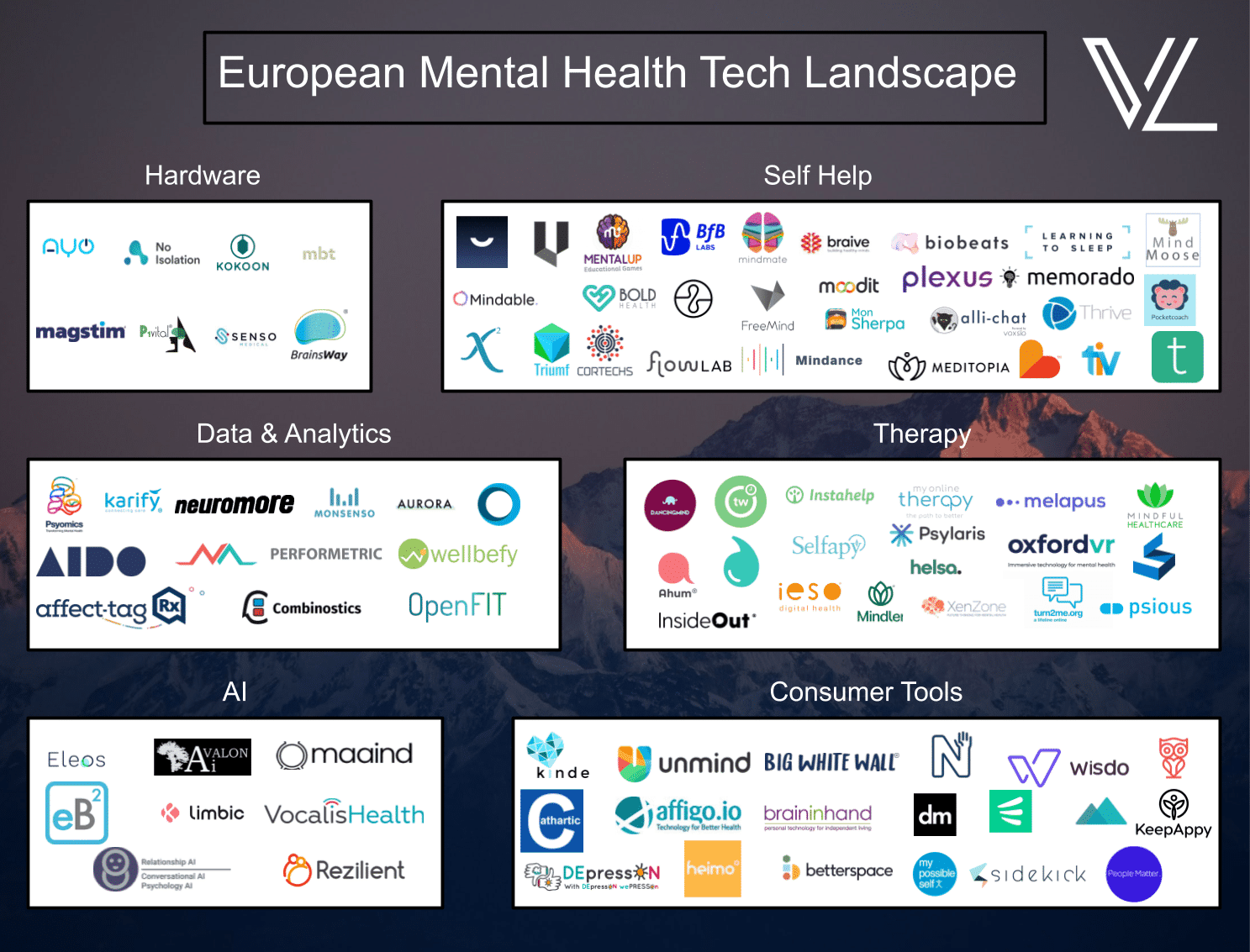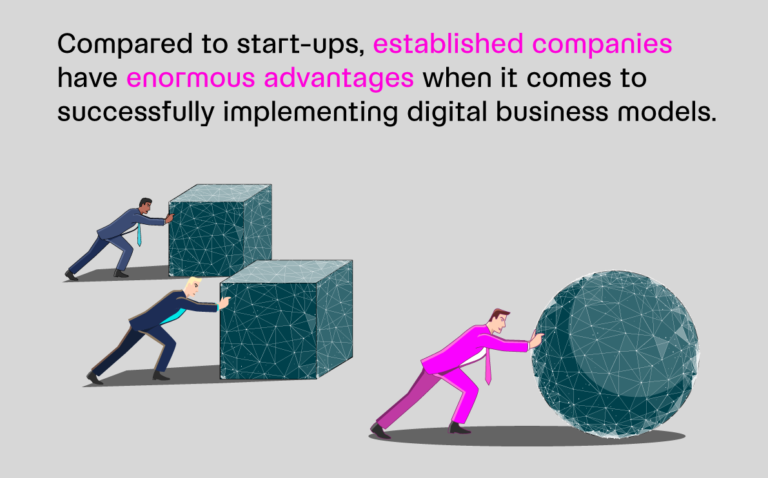
The Approach to Mental Health in this Century
While the 20th century can be seen as the century of health when life expectancy was almost doubled (reference), the 21st century can be expected to be the century of mental health.
There are several reasons for this expectation – from educational to technological. Historically, mental health issues, and openly admitting to having them, carried a lot of stigma. Each person seeing a therapist had to assume a risk of being labeled as deranged by their social environment. This seriously discouraged any kind of counseling, and people with mild but untreated issues risked developing more serious mental problems.
However, in recent years due to a growing understanding of mental health, the status of psychiatry, psychology, and mental well-being, in general, has changed. The taboo status is weakening, and more than ever before people today understand the importance of mental health for overall life quality.
The Mental Health Crisis and its Impact
While stigma and taboos are starting to crack and we have more data on the issue it is becoming ever more apparent that we are in the midst of a mental health crisis. Apart from individual suffering, mental health issues represent a large burden on the economy. According to one study, more than 1 in 6 Europeans are facing mental illness.
This increases unemployment, reduces productivity, and raises social security and health care costs. All together the cost on European economy is estimated at 600 billion euros, or 4.1% of combined GDP. Countries like Denmark (5.4%) and Germany (4.8%) lose GDP well above European average (4.1%) due to these issues. Another study from 2010 estimates that only 1/3 of all affected people look for help.
Fighting the Crisis – a Landscape
Due to advances in digital technology, the development of new forms of mental health care as well as the improvement of existing forms are now possible. From online sessions with therapist and chatbots to online support groups and cognitive exercises using Virtual Reality technology. In addition to variety, digitization enables lower costs and more anonymity, hence giving more incentive to hesitant individuals to work on their mental well-being.
Digital mental health has so far been driven by industry adoption and development of technologies like AI and VR. With a further development of these and other technologies the area of digital mental health will continue to develop and offer its users more advanced products. At Venture Leap we are very happy and excited about this positive development. While technology can not substitute real human interaction and care, it can be a driver to help millions of people alleviate their pain. This is why we want to support entrepreneurs in the Mental Health Tech space and be a part of the solution to this crisis. Our Mental Health Tech Landscape marks the beginning of our journey and we are looking forward to collaborating and working innovators in this space.
From our analysis, we defined these areas of digital mental health as of today:
- AI (8% on analyzed companies) – companies in this area concentrate on providing solutions for mental and neurological disease diagnostics, behavior and emotion prediction, based on images, voice, language used, etc. The users of such technology are clinicians, therapists, researchers, marketers, etc.
- Self Help (30%) – self-help apps that provide exercises and tools for improving and maintaining mental well-being, such as chatbots, meditation tools, therapeutic exercises, etc. Also, games – cognitive exercises, anxiety therapy practices, often in VR.
- Consumer Tools (such as P2P & Mood Journals – 20%) – Non-therapeutic tools that provide users with support groups or wellbeing tracking.
- Hardware (10%) – different devices used for tracking or measuring brain activity/emotional response. Used in medicine, research, diagnostics, marketing.
- Therapy (20%) – platforms for on- and off-line therapy and coaching. Sometimes as a marketplace, sometimes including VR technology.
- Data & Analytics (12%) – Platforms helping therapists follow patient’s state and progress. This way they can track moods, reactions, physical activity, make suggestions, etc. Some provide help to therapists by automatizing in-session note taking process.
The following figure represents the current landscape of mental health tech startups in Europe organized according to the areas they operate in. So far we have found and analyzed 101 start ups and we root for that this number will be growing!
At Venture Leap, we help entrepreneurial teams build and launch their digital products. Get in touch or book a free session below if you want to know how can take your idea to the next step and develop a minimum viable product that works.





